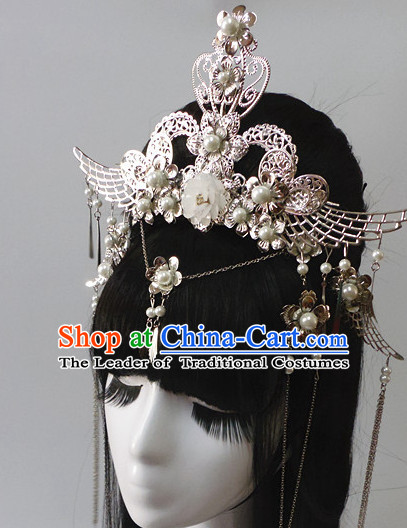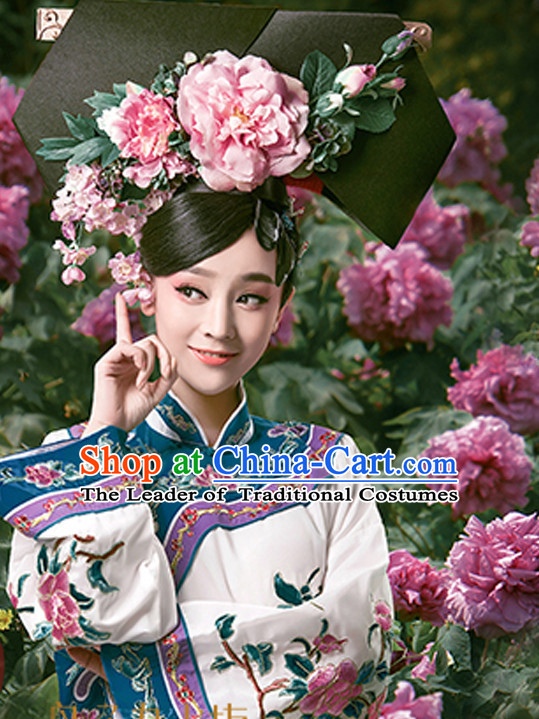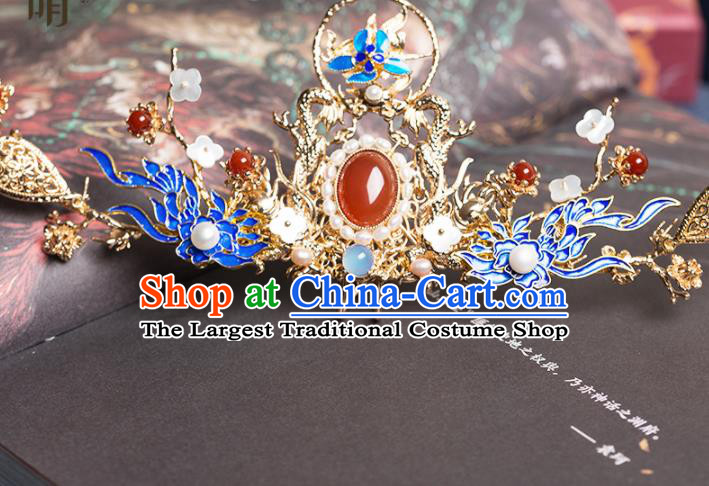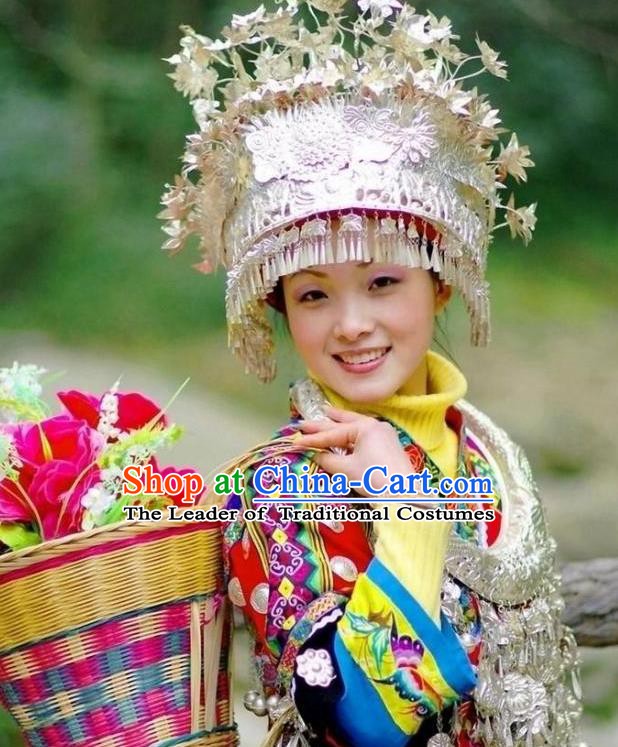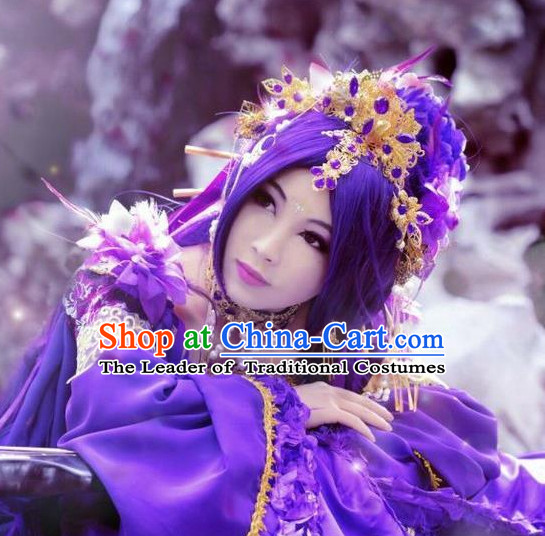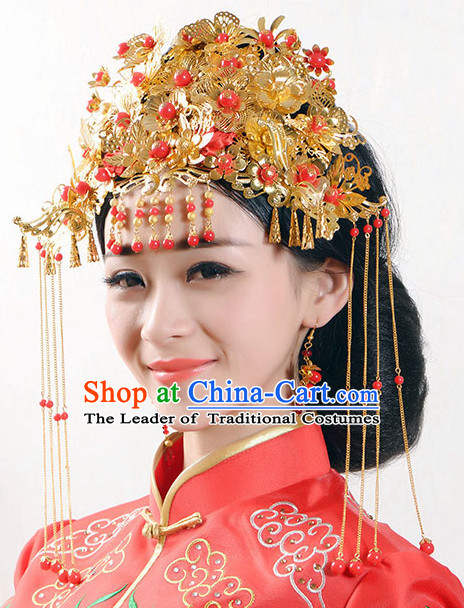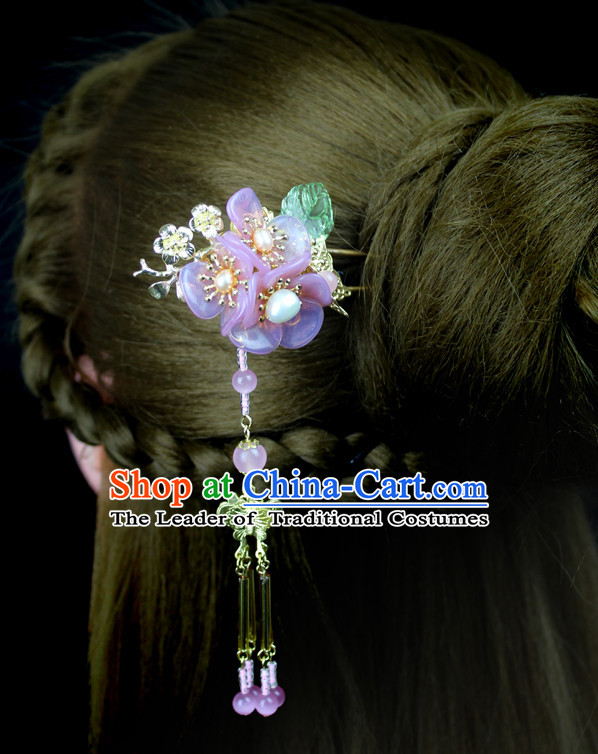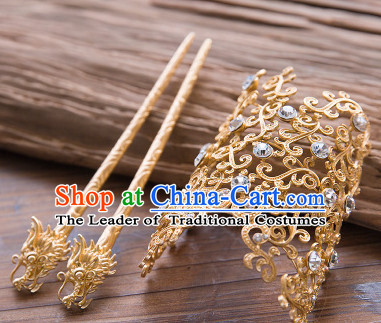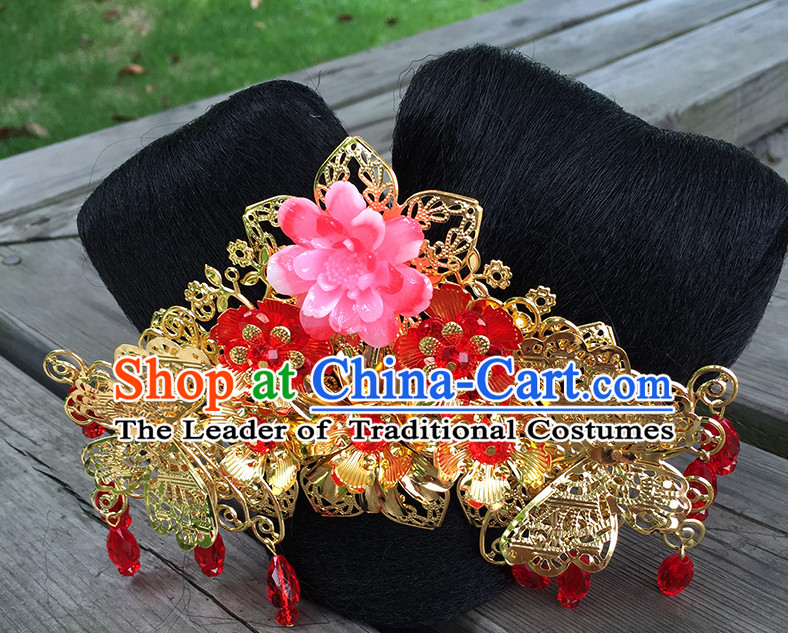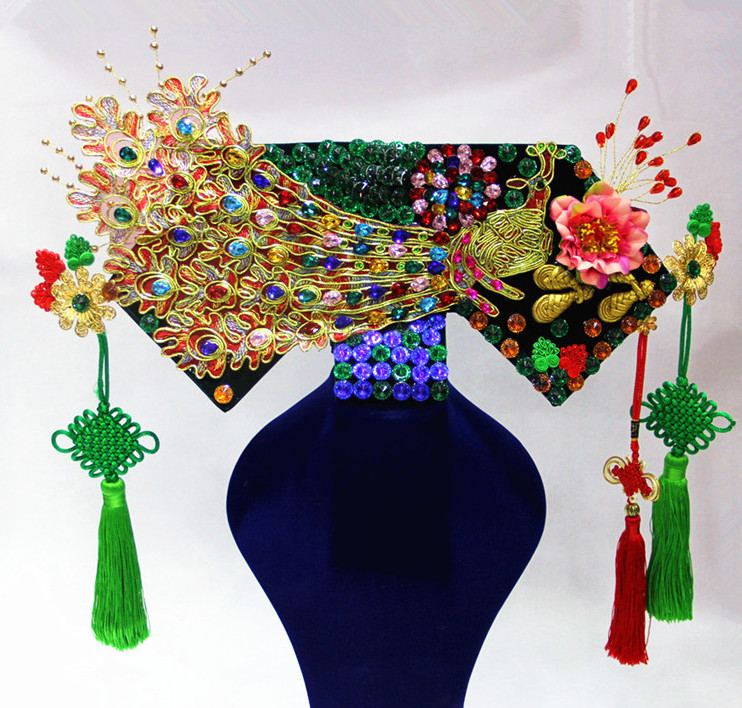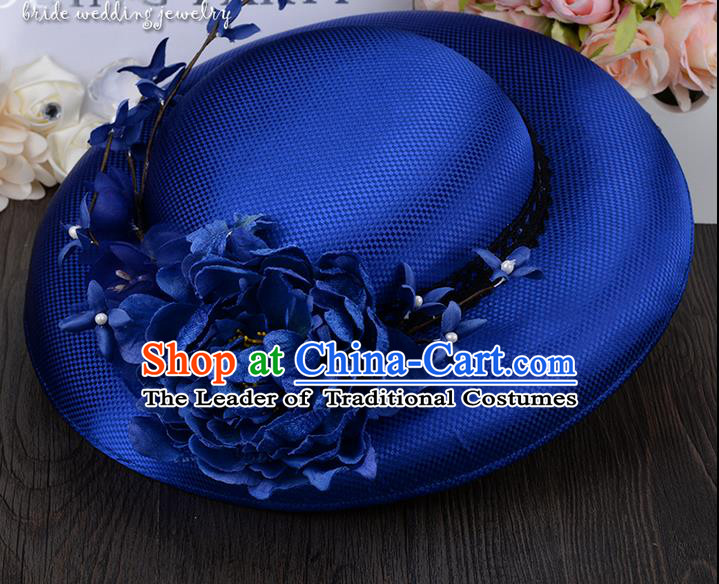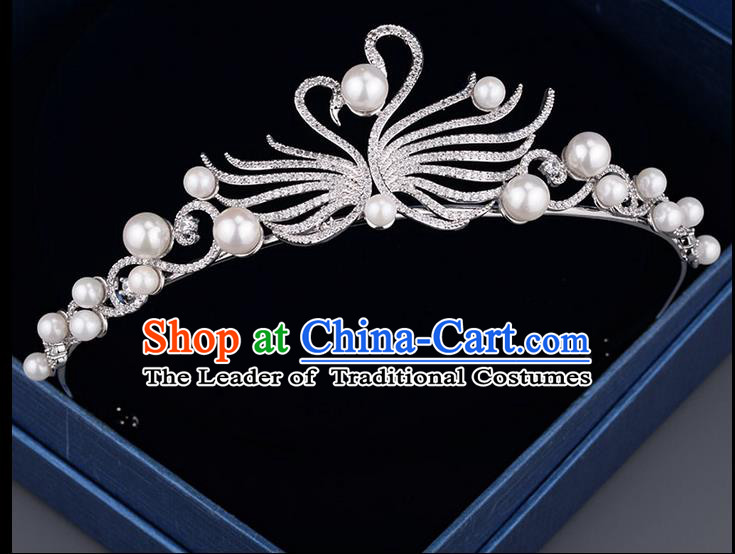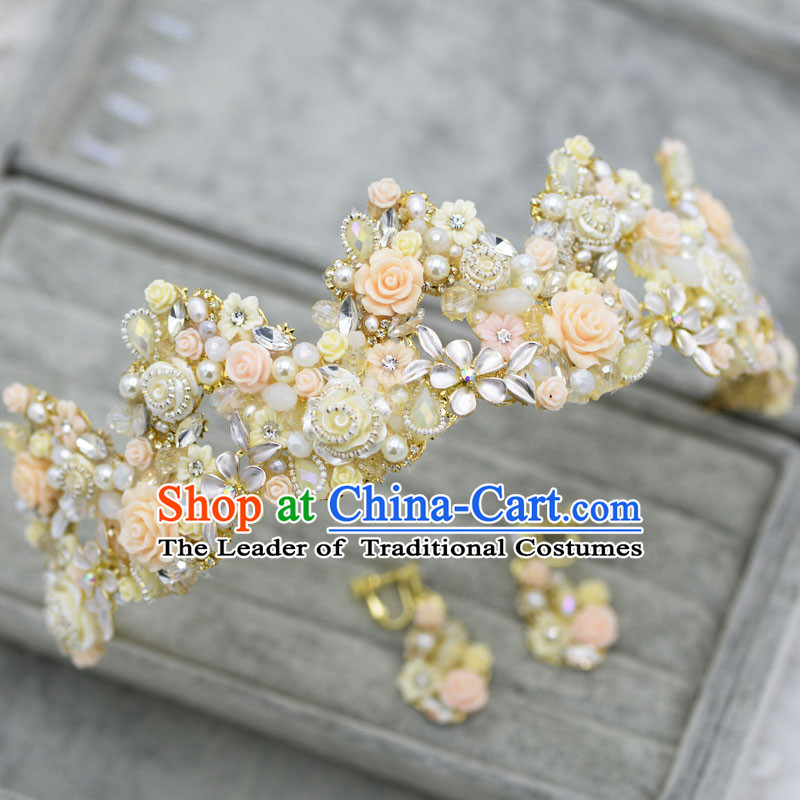
Click Related Pictures for More Audios:
Phoenix headwear, crowns, hair accessories, headdresses, jewelry, and ornaments in Chinese princess culture are unique and rich artistic forms in ancient Chinese culture.
These exquisite works of art represent the pursuit of beauty and the admiration for elegance in ancient China.
They not only have aesthetic value but also carry historical significance and cultural connotations.
The phoenix is one of the symbols in traditional Chinese culture, representing auspiciousness, prosperity, and rebirth.
In ancient imperial courts, phoenix headwear was used as an adornment for royal members to display their noble status and power.
These headwears were usually made of silk and adorned with pearls, gemstones, and other precious materials such as gold thread, silver thread, and jadeite.
Their designs are exquisite and meticulous, showcasing the craftsmen's superb skills and creativity.
In addition to phoenix headwear, crowns are also important accessories for ancient Chinese emperors.
Crowns are typically made of metals such as gold, silver, or copper and decorated with gemstones.
The design styles of crowns vary, reflecting the cultural characteristics and aesthetic concepts of different dynasties.
In some periods, crowns would be adorned with dragon patterns or other symbolic motifs to enhance their mystique and authority.
Hair accessories, headdresses, and jewelry also hold an important place in Chinese culture.
They can be worn as daily accessories or for special occasions such as weddings, celebrations, or religious ceremonies.
These accessories are usually made of silk, gold or silver, or other precious materials and adorned with various gemstones, pearls, and other decorations.
Their designs are diverse and creative, showcasing the artists' unique perspective on beauty and exquisite craftsmanship.
In summary, Chinese princess phoenix headwear, crowns, hair accessories, headdresses, jewelry, and ornaments represent the rich diversity and outstanding achievements of ancient Chinese culture.
They not only have aesthetic value but also carry historical significance and cultural connotations, providing us with a window into understanding ancient Chinese society and values.









